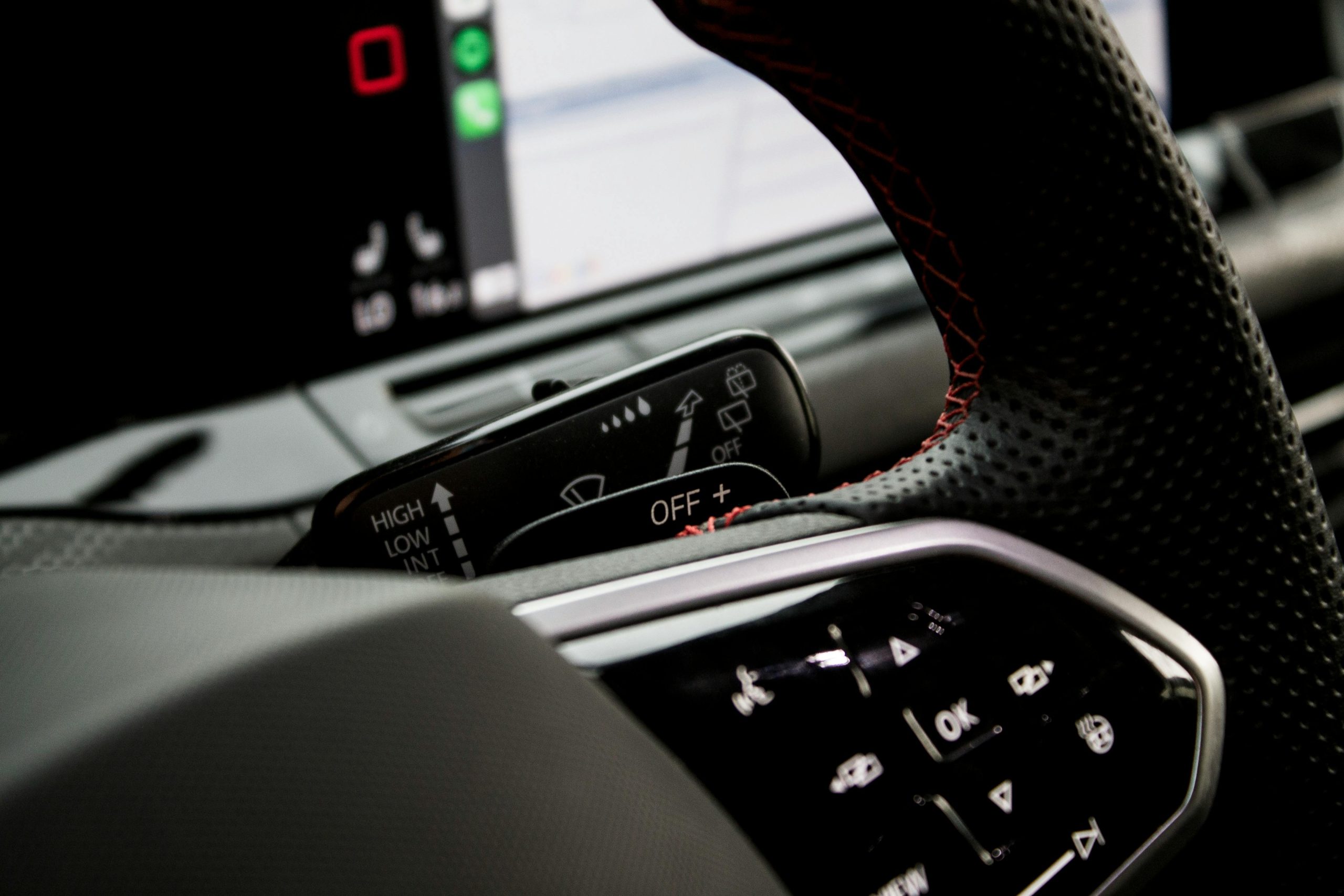Understanding Performance and Temperature Challenges After Upgrading to Windows 11
Upgrading your operating system can bring many benefits, but it can also introduce unforeseen challenges—particularly when it comes to gaming performance and system thermals. Recently, some users have reported experiencing decreased performance and increased temperatures after transitioning from Windows 10 to Windows 11. This article explores these issues in detail and offers practical strategies to optimize your gaming experience post-upgrade.
Identifying the Issue
Many users have observed that their gaming performance diminishes significantly following the upgrade to Windows 11. For example, titles that previously ran smoothly at high frame rates now exhibit drops in performance, coupled with elevated temperatures. A typical scenario includes:
- Reduced Frame Rates: Games like F1 24 dropping from 144 FPS on Windows 10 to around 100 FPS on Windows 11. Similarly, GTA V’s performance decreases from 120 FPS to approximately 70 FPS.
- Increased System Temperatures: CPU and GPU temperatures soar beyond 80°C during gameplay, compared to stable temperatures around 60°C on Windows 10. Even lightweight applications like PEAK (which uses minimal graphics) report higher temperatures now.
Common Causes and Known Factors
The root causes of these issues are often linked to changes in power management and resource allocation introduced by Windows 11. Notably:
- More Aggressive Power Management: Windows 11 tends to optimize energy consumption differently, sometimes prioritizing power savings over performance, leading to reduced hardware efficiency.
- Background Processes and System Settings: Additional or altered processes may compete for resources, impacting gaming performance.
- Driver Compatibility: Incompatible or outdated GPU drivers can exacerbate thermal and performance problems.
Potential Solutions and Optimization Strategies
While some users have attempted to mitigate these issues through tools like MSI Afterburner—by limiting GPU power and clock speeds—this approach is a workaround rather than a solution and may compromise your gaming experience. Here are more effective and sustainable steps you can take:
-
Update Your Drivers
Ensure that your GPU drivers are the latest version compatible with Windows 11. Manufacturers often release updates to optimize performance and thermal management for new OS versions. -
Adjust Power Settings
Configure your system’s power plan for maximum performance: - Access Power & Sleep settings.
- Select “Additional power settings.”
- Choose or create a plan with settings optimized for high performance.
-
Disable features like ‘Hardware-accelerated GPU scheduling’ if they negatively impact performance.
-
Optimize Gaming Settings
Lower in-game graphics settings
Share this content:



